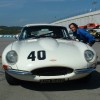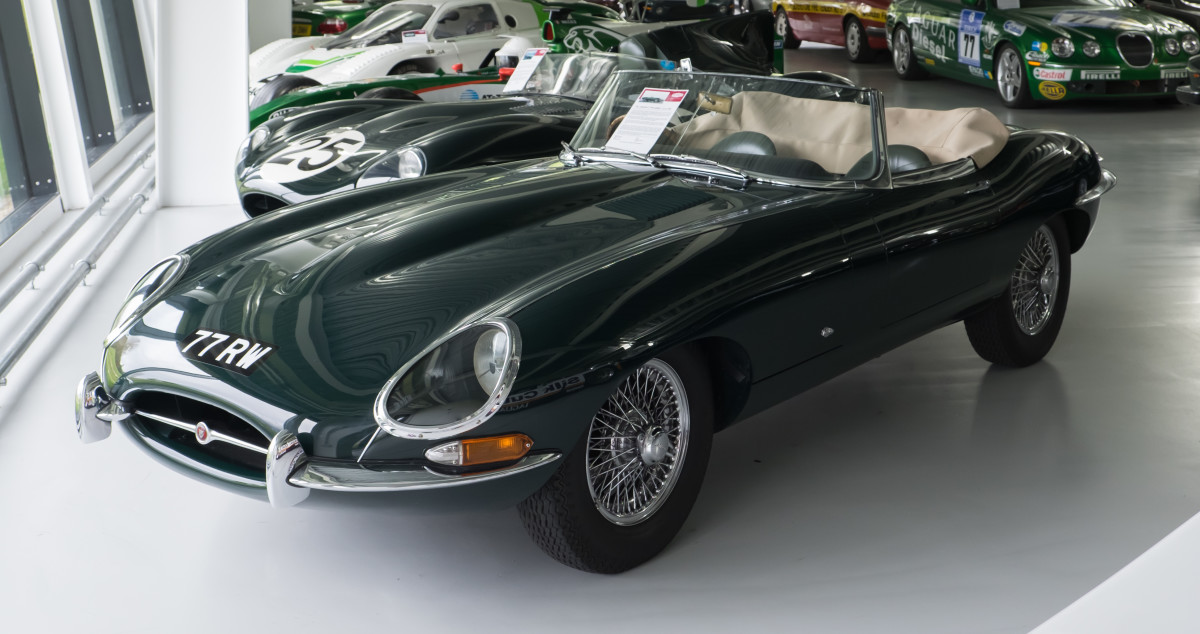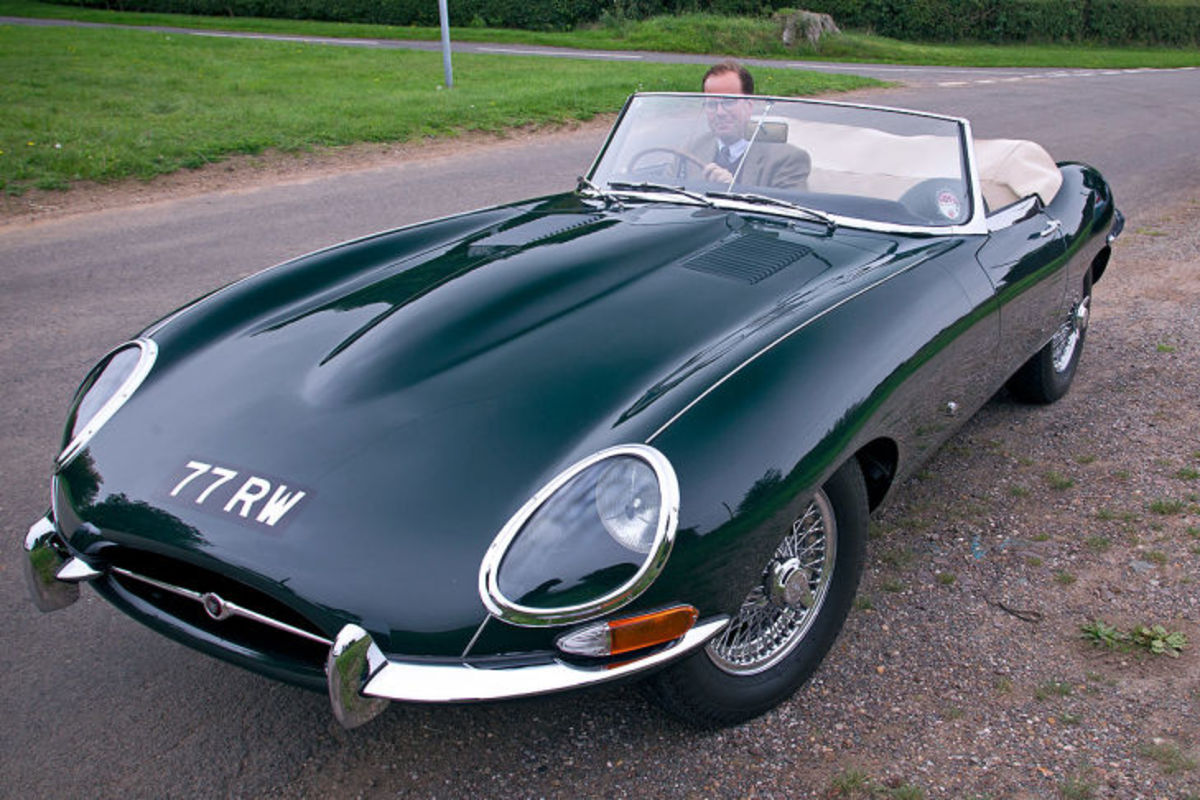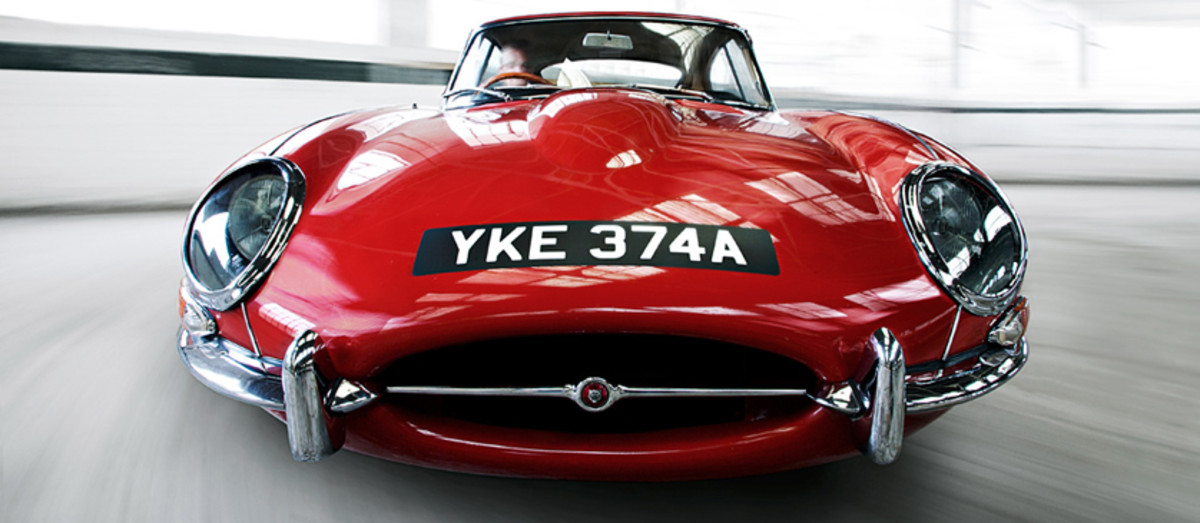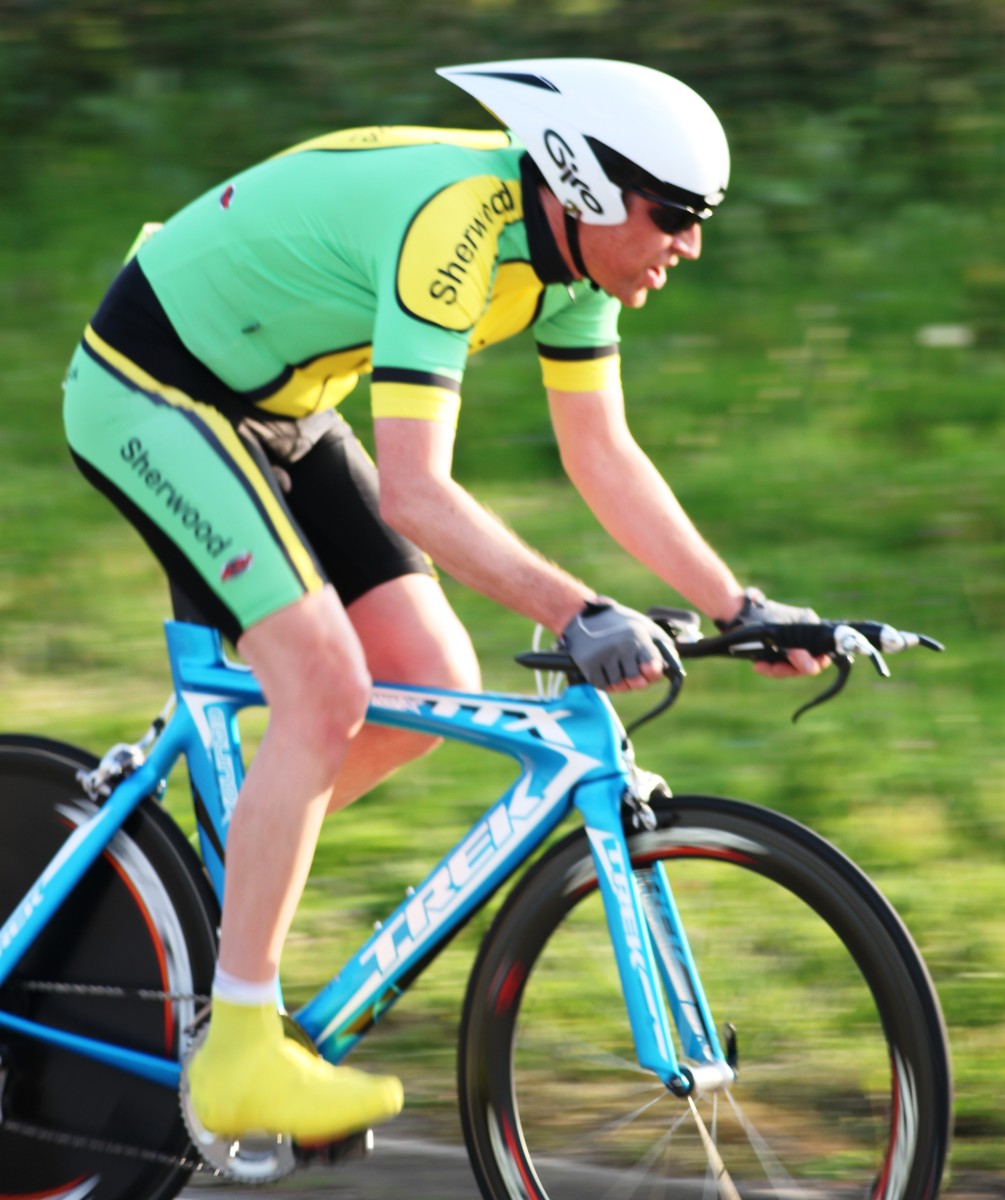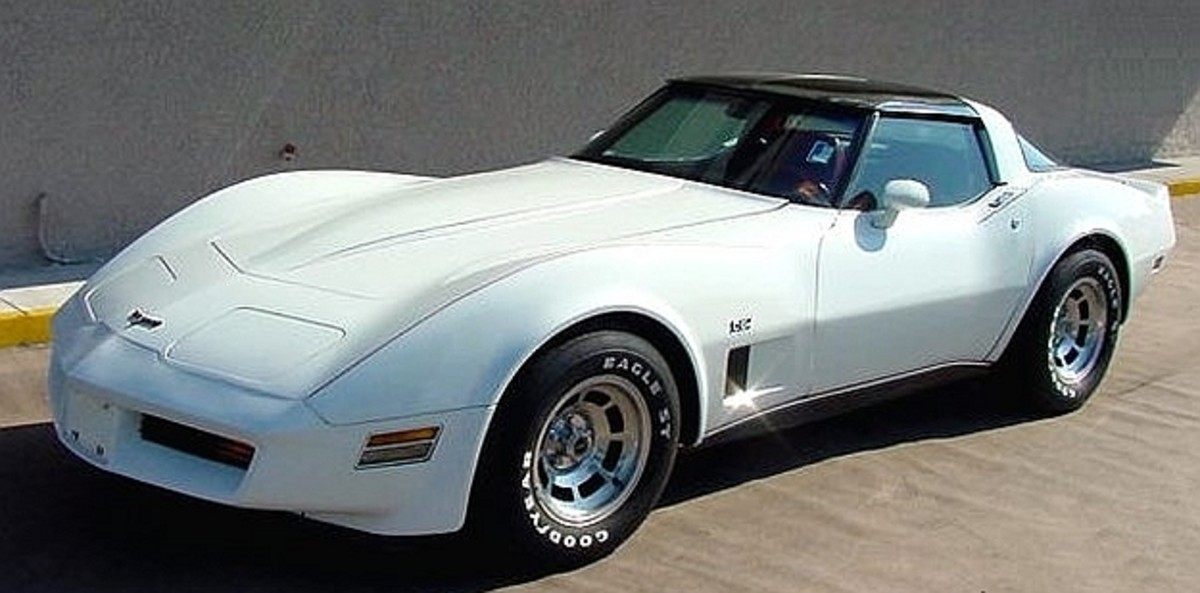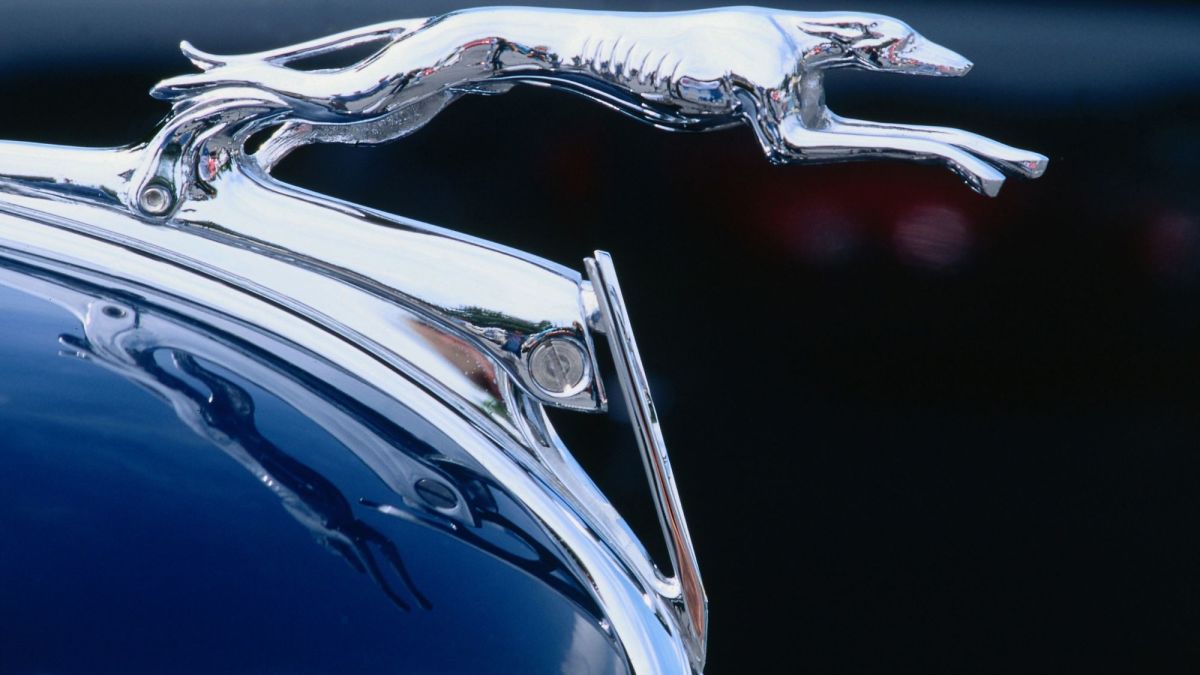Jaguar C-Type
The Jaguar C-Type racing sports car had been built specifically for competition and achieved outstanding successes throughout its short career. The Jaguar C-Type also known initially as the Jaguar XK 120-C. The "C" term stood for “competition”.
The Jaguar C-Type racing sports car used the basic running mechanism and components of the XK 120 built at the time. The XK 120 had a tremendous success when introduced.
Capable of reaching speeds of 190 Km/h. Being a model that was firstly manufactured for the public and at the same time had a natural racing edge, Jaguar used its base for a new competition model and developed a lightweight tubular frame and aerodynamic aluminum body.
Before the unveiling of the Jaguar C-Type, Leslie Johnson drove in 1950 at the Le Mans a slightly modified standard production XK 120 and in the race went up to third position until the clutch broke down.
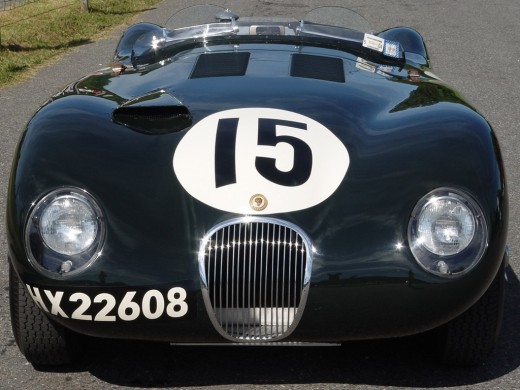
Jaguar C-Type Video
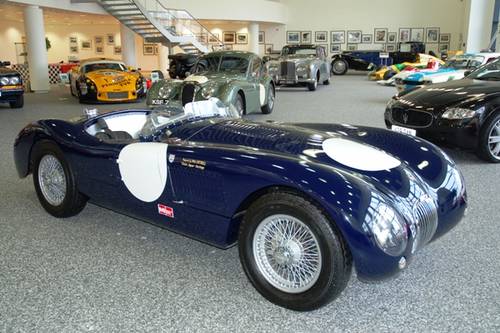
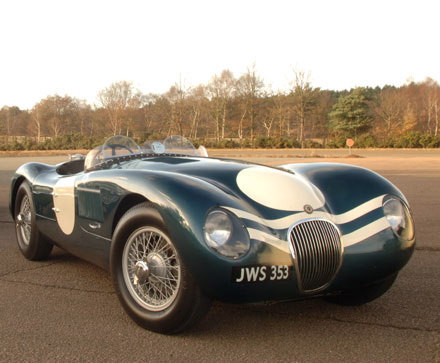
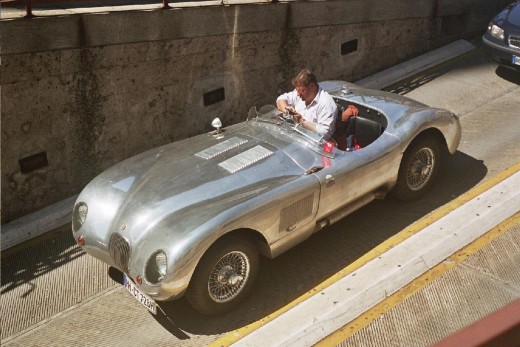
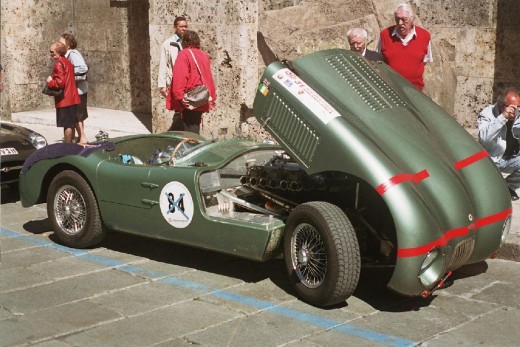
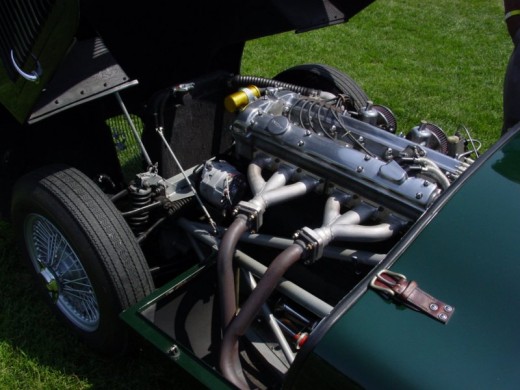
The XK 120´s 6 in-line 3.4 liter twin-cam engine, produced between 160 to 180 hp. The version that William Lyons and Bill Heynes developed for the C-Type was initially boosting around and over the 200 hp mark.
Later C-Types were lighter and more powerful using triple twin-choke Weber carburetors and high-lift camshafts. Braking performance was improved by disc brakes on all four wheels. Superior disc brakes were installed on later C-Type versions on all four wheels resulting in better braking power.
Bob Knight, responsible for the competition department, designed and developed a multi-tubular, lightweight triangulated frame. The aircraft designer, Malcolm Sayer, applied aerodynamics to the body’s C-Type design. Constructed in aluminum in a “barchetta” (Italian for small fast boat) style and objects such as wipers, exterior door handles, carpets and finishing’s were not installed, thus keeping weight to a minimum.
The C-Type conquered victory’s in racing and at the Le Mans 24 hours race got first place twice.
1951 saw the Jaguar C-Type win at its first challenge. Jaguar raced with three C-Type´s. The team were Stirling Moss and Jack Fairman, Leslie Johnson and Clemente Biondetti, (Biondetti a 3 times Mille Miglia winner) and Peter Walker and Peter Whitehead. This last team car was the only one to finish and pass first on the checkered flag, the first two teams ending prematurely due to lack of oil pressure.
In 1952, concerned by information about the performance and speed of the new Mercedes-Benz 300SLs that would race at Le Mans, the C-Type’s aerodynamic lines were modified to increase top speed and the cooling system was altered. The resulting effect of the changed cooling system, made the car easier to overheat. All C-Types broke down and withdrew from the race.
In 1953 a C-Type won again in result of further modifications to body and engine. The body of this C Type was thinner and with lighter aluminum for its shell. The original triple SU carburetors were replaced by three Webers that increased power to 220 hp.
Weight was also saved by using a rubber bag for a fuel tank instead of the normal steel. Thinner diameter steel tubes replaced some of the chassis heavier tubes and the electrical equipment installed was lighter.
1954 saw the C-Type's last year at Le Mans, with only a fourth place.
52 Jaguar C-Types were built in total.
